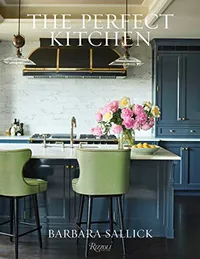What should a chef's kitchen have? 9 things every gourmet kitchen needs, according to the professionals
From efficient appliances to at-a-glance storage, discover the big and little things that make a chef-worthy cook space

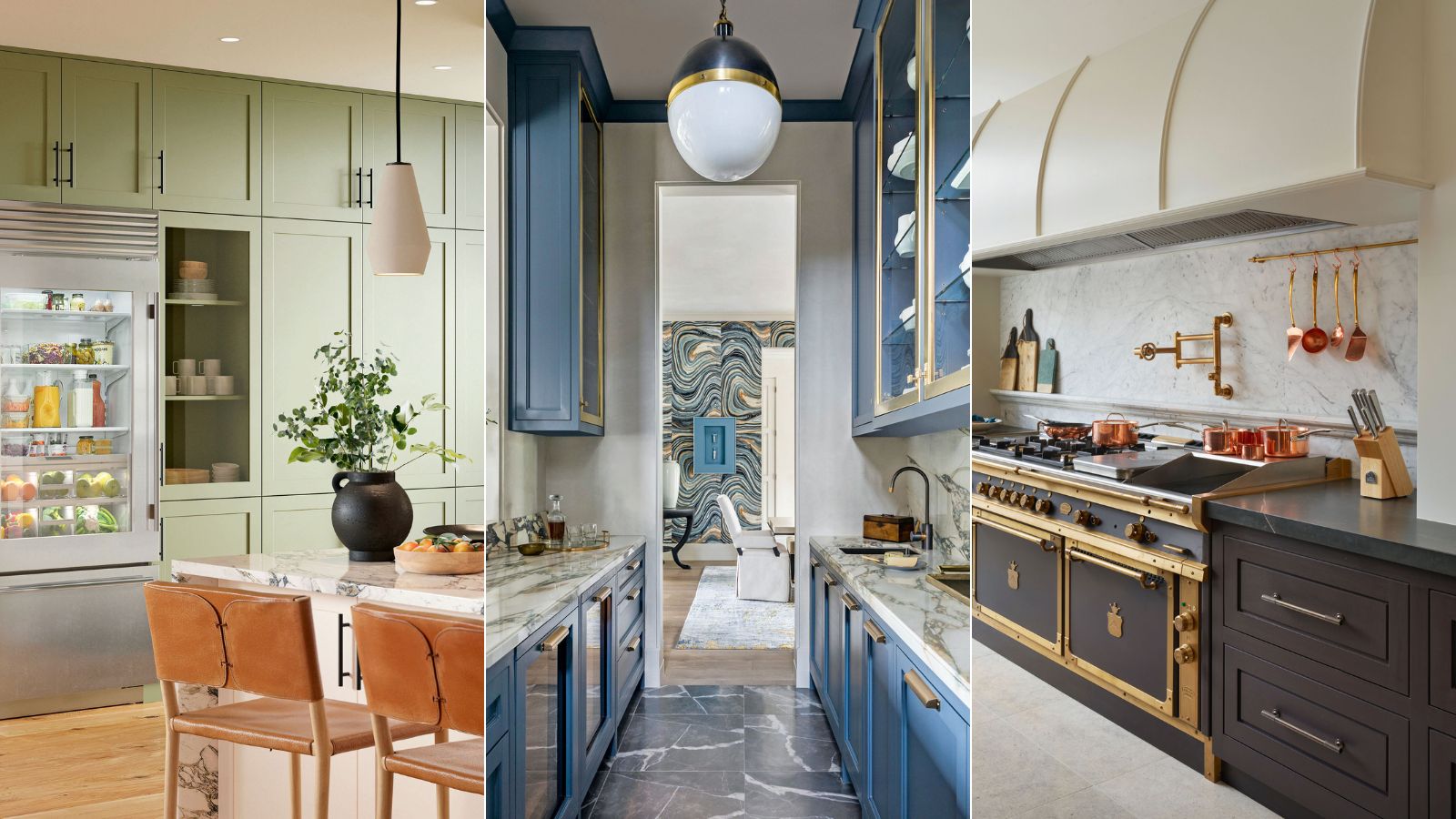
Chef's kitchens are rising in popularity thanks to an increase in technological advances in kitchen design meaning that creating a professional or gourmet kitchen – once reserved for the best restaurants – at home is even easier to achieve than before.
But what should a chef's kitchen have? Before you start designing a kitchen or remodeling an existing kitchen, it pays to know what you need.
These chef's kitchen ideas are loved by designers and chefs alike – you can save the images you love, then start the hard work: looking at everything, from the best appliances and ergonomically sound designs – to kitchen lighting and layout tricks. Make sure your professional kitchen is chef-worthy with these nine expert tips, kitchen essentials, and designs.
What should every chef's kitchen have?
Give your space a chef-approved kitchen makeover that is guaranteed to be a hit with the whole family.
1. Powerful extraction
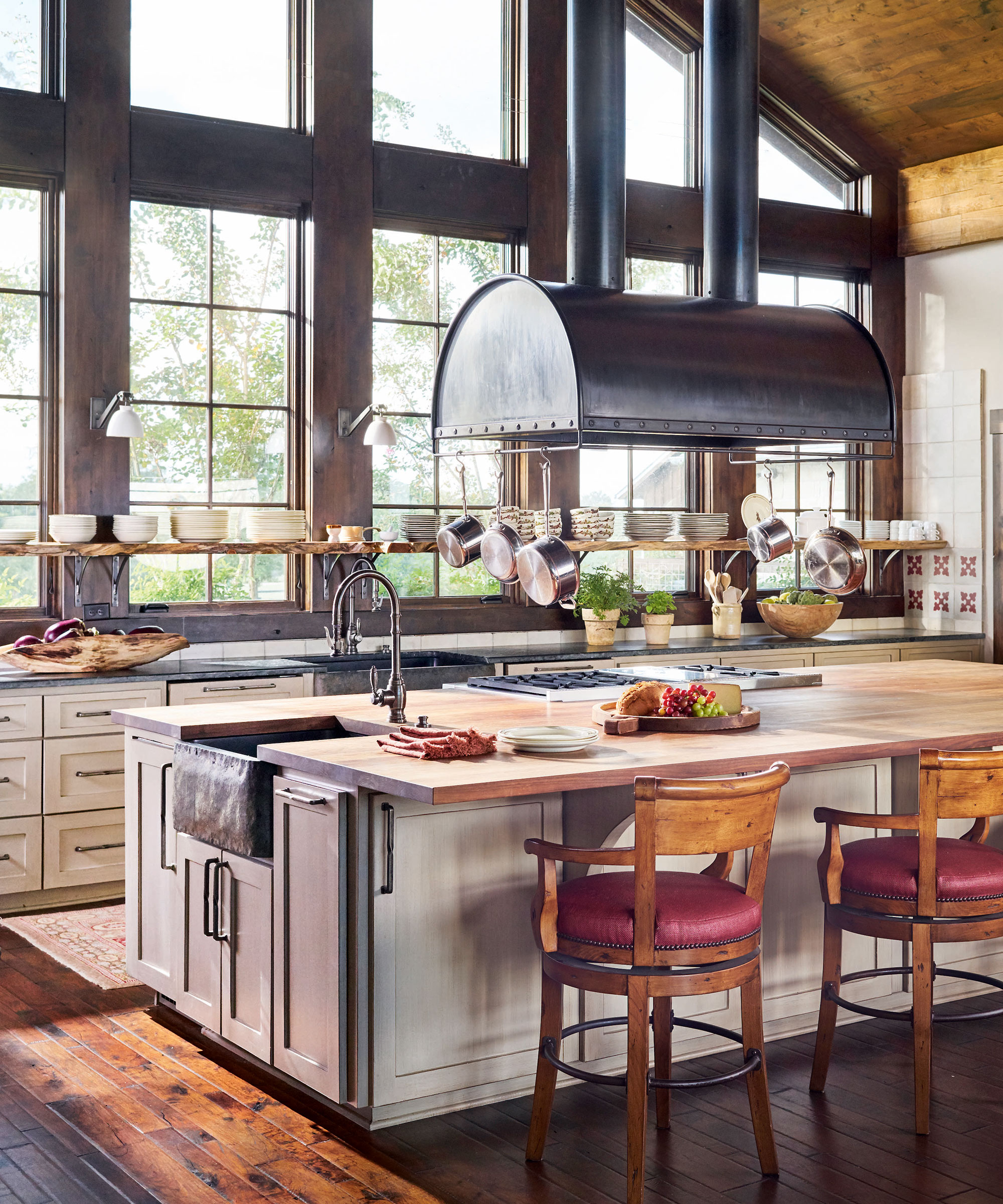
Cooking up a storm calls for powerful extraction, especially if there is significant searing and steaming involved.
For this large family kitchen, designer Sarah Eilers was called to specify an industrial-grade extractor capable of handling serious entertaining. All without impeding the sight lines in the open concept space. The striking custom range hood anchors the generous island and is slightly wider and deeper than the hob dimensions to ensure no steam or odors escape around its sides.
‘The vent, complete with dual piping, extracts both grease and carbon monoxide emissions generated by the gas stove, ensuring a clean and safe culinary environment,’ says Sarah.
Design expertise in your inbox – from inspiring decorating ideas and beautiful celebrity homes to practical gardening advice and shopping round-ups.
The Perfect Kitchen, Barbara Sallick | From $21.87/£30.45 at Amazon
Learn more about the fundamentals of kitchen design in this bestselling book. Find practical advice as well as hundreds of images to inspire your own remodel
2. Hard-wearing materials
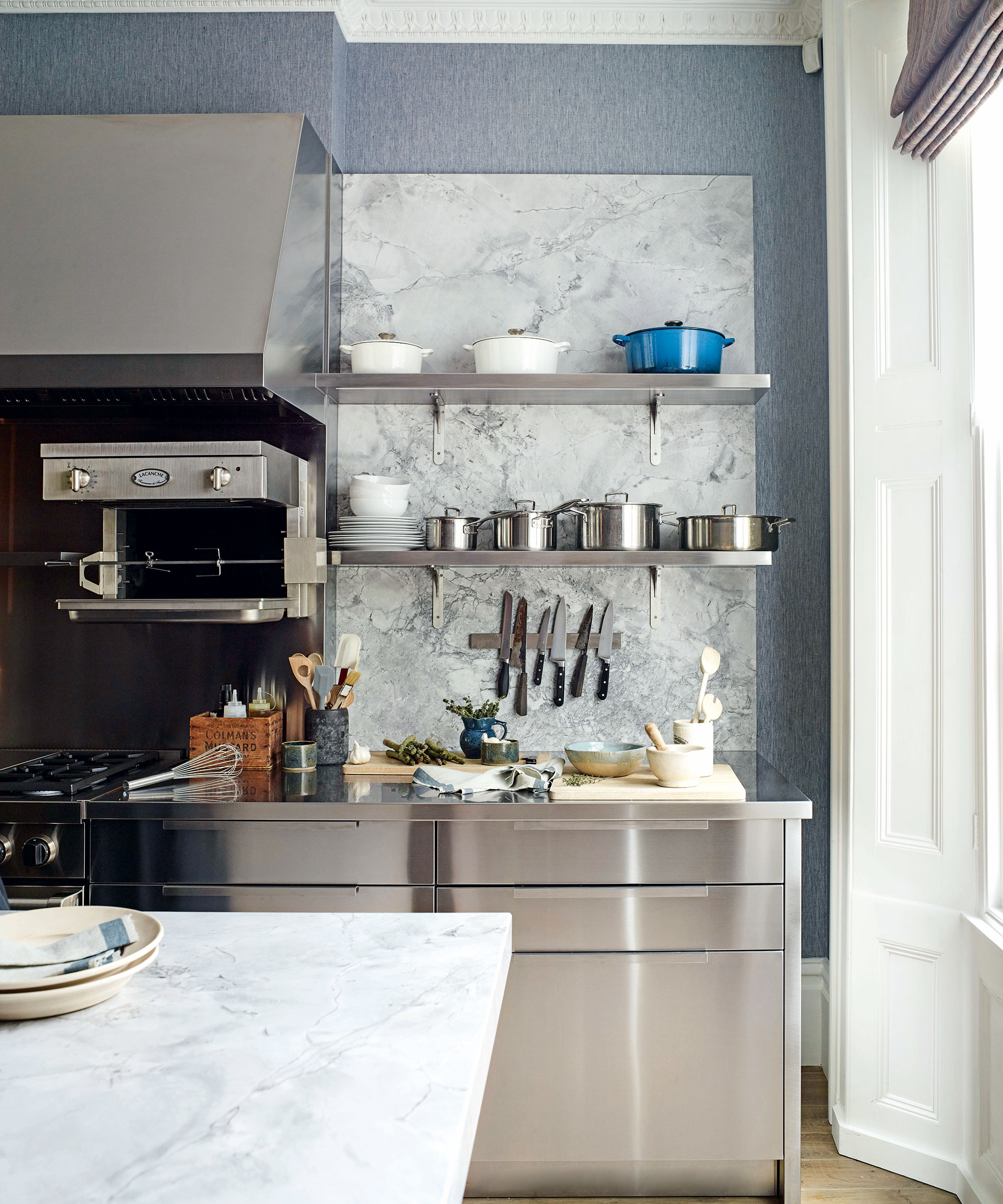
Cooking with the confidence of a professional requires robust materials that you won’t need to give a second thought while whipping up multiple dishes. Stainless steel is the surface of choice in commercial kitchens.
‘It is non-porous, heat resistant and you can also weld sinks and upstands into the worktop to avoid dirt taps and create speedy to scrub-down surfaces,’ enthuses Sam Hart, senior designer, Roundhouse, who used stainless steel on the cooking elevation of this modern kitchen. ‘Steel can appear too industrial in a domestic space, so we used natural walnut and Shaker doors elsewhere, as well as beautiful natural quartzite, to counterbalance the harder-looking stainless steel cooking zone,’ explains Sam.
3. Service window
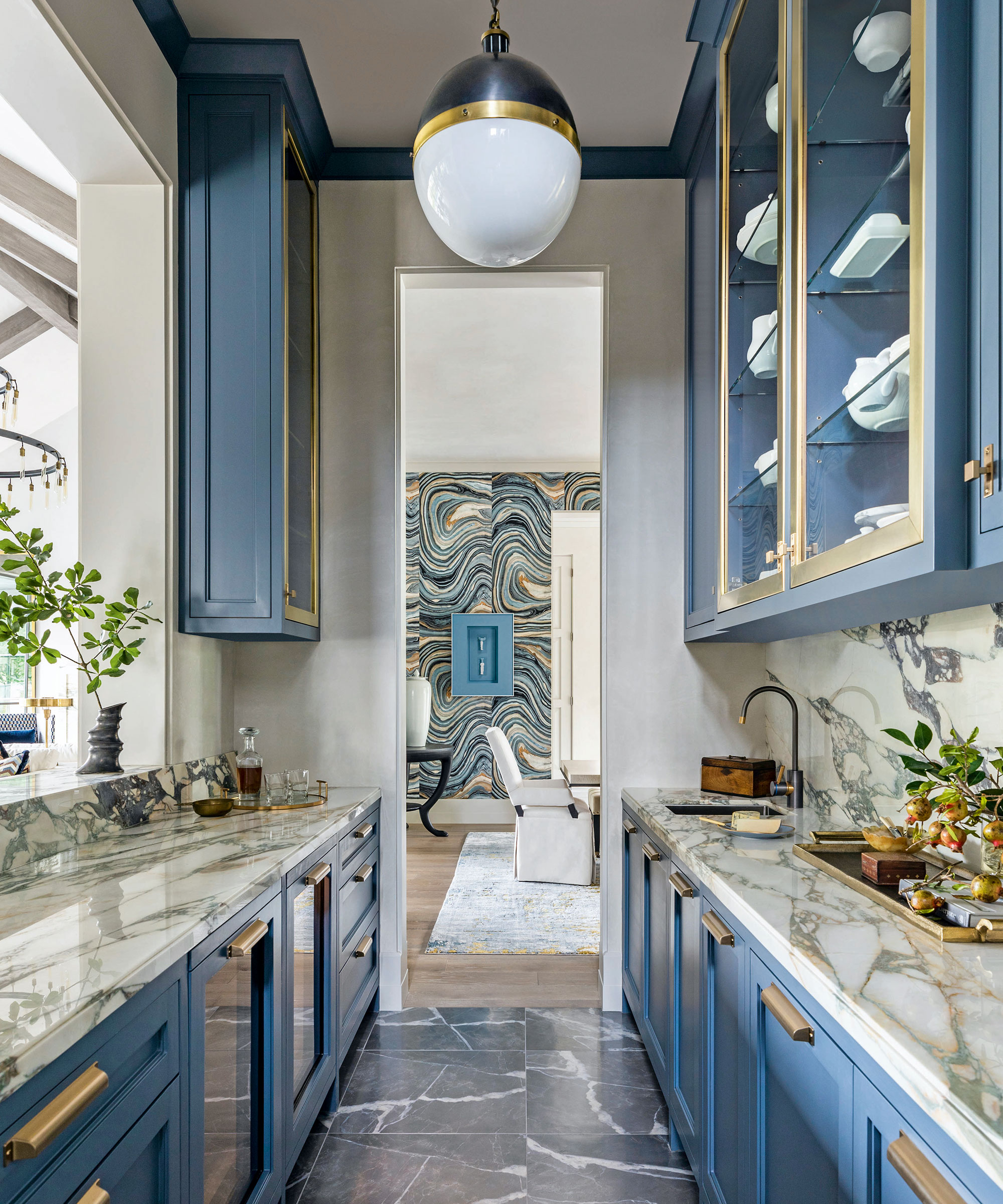
‘A service window, or pass-through window, allows homeowners or catering staff to efficiently and discreetly pass drinks, appetizers and main courses back and forth between the kitchen and dining space. With direct service between the kitchen and dining room, a service window ensures events stay smooth and maintain an upscale atmosphere for guests,’ explains Benjamin Johnston, creative director, of Benjamin Johnston Design.
‘Some service windows open to the outside patio or exterior entertaining space, which is optimal if you’re planning to host outdoors more than indoors. This also lends a fun spot for barstools during a more low-key event or simply hosting friends.’
4. Range cooker
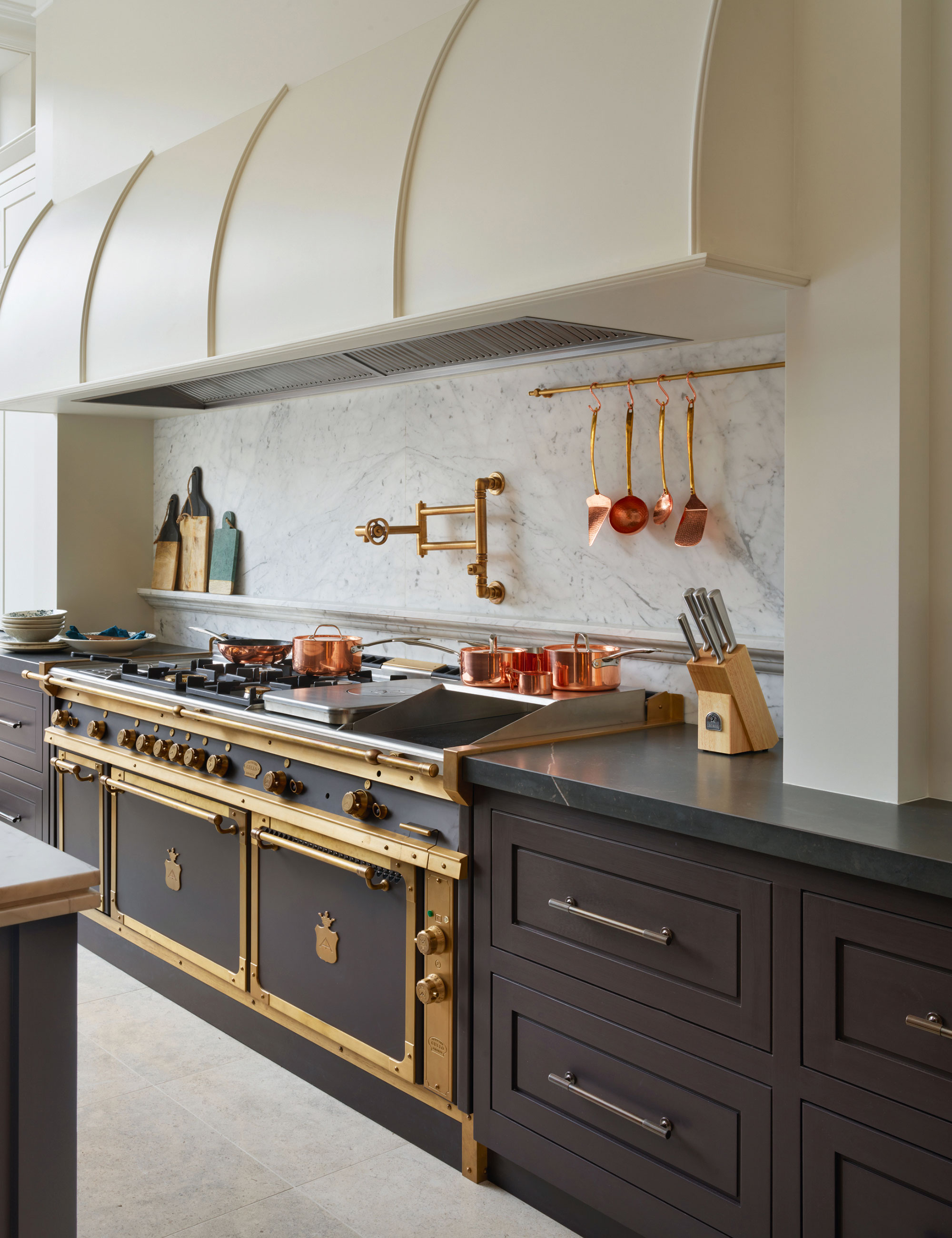
An extra-large range cooker can make an impressive statement in a domestic kitchen. If you’re serious about cooking, go for a customizable design that allows you to specify your preferred fuel type, burner sizes and oven functions.
‘When configuring your range, think very carefully about the type of cooking you do most often – specialist burners such as teppanyaki, griddle plates and BBQ grills can help bring new levels of creativity to your culinary productions,’ says Rachel Gower, senior designer, Hetherington Newman. The bespoke range cooker shown is by Officine Gullo and includes a deep-fat fryer, smooth griddle and cast-iron coup de feu.
5. Efficient refrigeration

High-capacity, high-performance refrigeration is vital to any pro-set-up. ‘Fresh ingredients are the key to delicious meals, so effective preservation should be your number one consideration when buying a fridge-freezer,’ says Ricky Davies, MD, Sub-Zero & Wolf. Look for climate and humidity-controlled drawers and anti-bacterial finishes to help food stay fresh for longer.
‘Sub-Zero’s refrigerators feature a NASA-inspired air purification system that scrubs the air of ethylene gases, emitted as produce matures, every 20 minutes, extending the shelf life of fruit and veg,’ adds Ricky. Here, UV-resistant glass makes ingredient gathering faster, without compromising the environment by holding the door open.
6. Optimal lighting

A kitchen flooded with natural light is on many homeowners’ wish lists but in a hard-working kitchen where speed and precision are of the essence, clear visibility moves from preferable to vital.
‘Incorporating ample natural light into your kitchen is essential for practicing safe chef knife skills. A well-lit workspace reduces shadows, allowing you to see your ingredients and knife movements clearly,’ explains Ginger Curtis, CEO, of Urbanology Designs. ‘Regardless of your cookery prowess, plenty of natural light and vitamin D pouring through the windows creates a sun-drenched kitchen that will make you feel good!’
7. Everything within reach
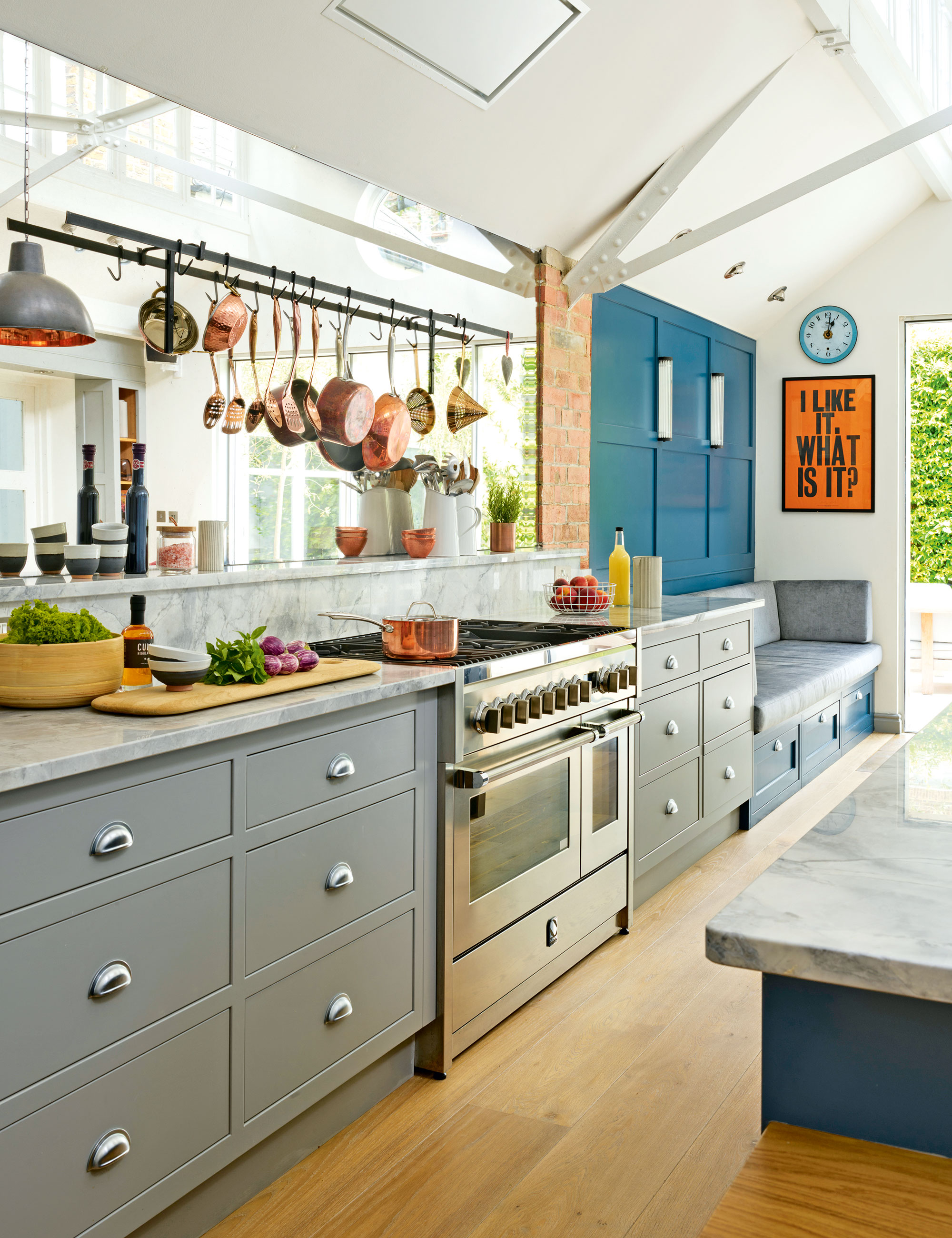
Speed is of the essence when working on a complex menu and pan rails are a smart way to reduce your step count when cooking.
‘For the keen chef, having pots and pans close to the cooker aids optimal efficiency,’ says Richard Moore, design director, Martin Moore. ‘A rail can provide quick access when positioned above your cooker and is a great option for pots, pans and utensils that are in regular use, as they are in plain sight and within reaching distance. It also adds a charming design touch, especially if your pots and pans have character.’
8. Sufficient storage
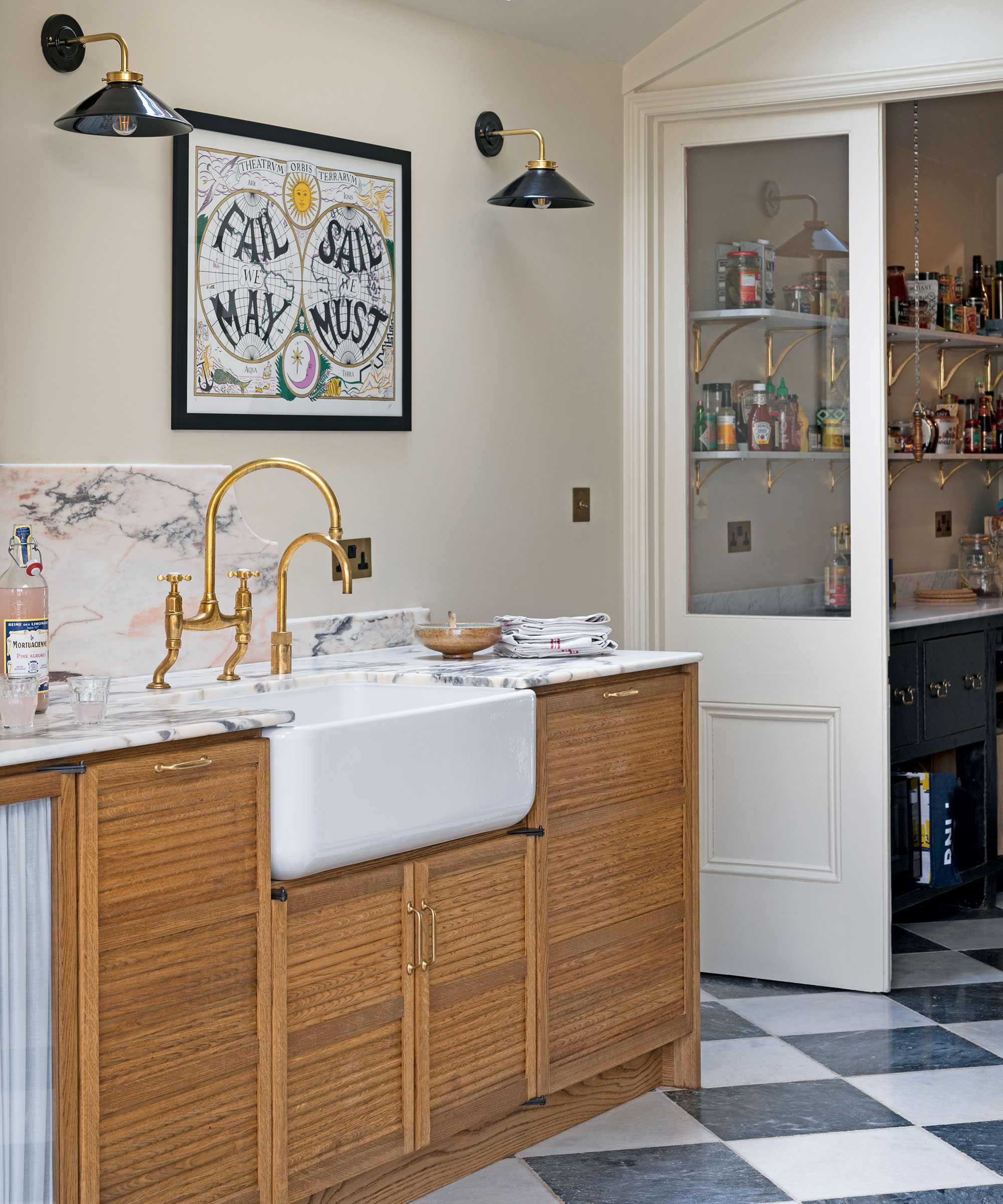
Solidifying kitchen storage in one place, a walk-in pantry is the cornerstone of cooking efficiency. For the serious chef, positioning is paramount – the nearer the pantry is to the heart of the cooking action, the better. If you’re lucky enough to have an original walk-in pantry, deVOL’s creative director, Helen Parker, recommends planning the kitchen layout to ensure speedy access.
‘For more flexibility on the location, you can also create your own pantry by sectioning off a small part of the kitchen and incorporating it into the final look of the room with beautiful joinery and metalwork,’ she adds. ‘Bulk buying, storing jars of preserves and fermented foods are all things that become much more achievable with a pantry.’
9. Easy-access display space
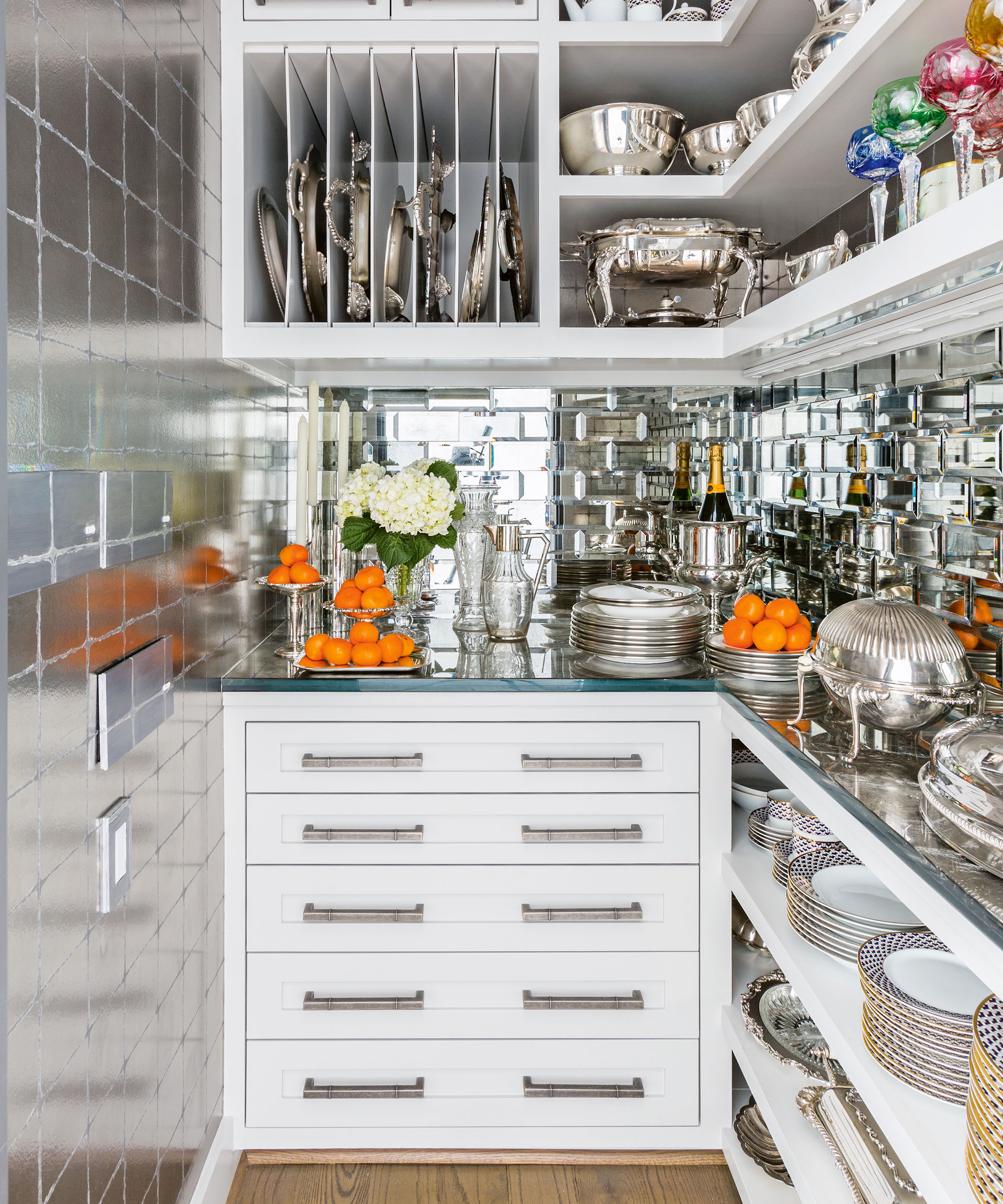
‘Open shelving makes party prep and clean-up so much easier,’ says Courtnay Tartt Elias, principal, of Creative Tonic Design.
‘By storing commonly used dishes and trays in easy-access open shelves and lesser used pieces a bit higher up – but still on open shelves – it’s a breeze to see what dishes you need before your party.’ Courtnay also recommends a nice wide countertop to pull items down on while you’re planning what you need.
‘Dust is always a worry with open shelving, but closing the entire area off with a pretty glass front door will keep everything protected, and on view, as all beautiful things should be,’ she adds.
Linda graduated from university with a First in Journalism, Film and Broadcasting. Her career began on a trade title for the kitchen and bathroom industry, and she has worked for Homes & Gardens, and sister-brands Livingetc, Country Homes & Interiors and Ideal Home, since 2006, covering interiors topics, though kitchens and bathrooms are her specialism.
